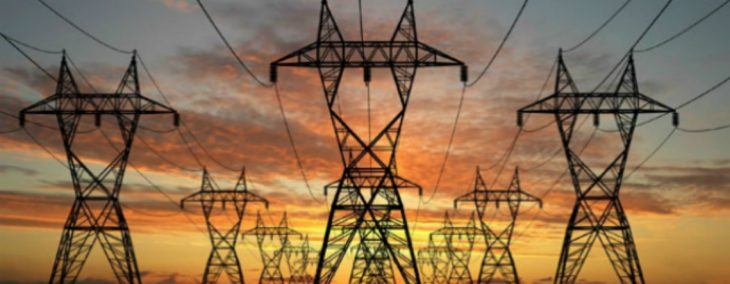Adequate electricity supply expected this summer, grid managers say
by May 22, 2024 1:20 pm 450 views

Regional grid operators serving Arkansas recently released their 2024 summer assessments that highlight rising risks and sufficient resources to meet electricity demand.
The summer assessment shows that Midcontinent Independent System Operator (MISO), based in Carmel, Ind., expects high risk this summer because of the potential for a “prolonged heat wave(s) or a major hurricane impacting the region.” The regional transmission organization’s footprint spans Manitoba, Canada, and 15 U.S. states, including part of Arkansas.
The summer peak forecast is about 123 gigawatts, with 143 gigawatts of projected available generation within MISO. According to its report, MISO attributed expectations for a hotter summer to a developing La Nina weather pattern. July and August are expected to be the hottest for MISO, but above-normal temperatures could run through September.
“Our teams are constantly working to identify and manage the areas of growing risk within our region and throughout our industry,” said JT Smith, executive director of market operations at MISO. “Our mitigation efforts help us anticipate and respond to the trend of more demand and extreme weather with less controllable generation in our footprint.”
MISO expects to have sufficient capacity under normal operating conditions but would likely need additional resources under high-demand situations. The organization prepares for risk by implementing lessons learned from previous summers, collaborating with member utilities and other grid operators, and using new tools to accurately project demand and manage uncertainty.
“Reliability is our focus every hour of every day, but the summer season brings a unique set of challenges for us and our stakeholders to manage,” said Jessica Lucas, executive director of system operations at MISO. “The continuing trend of reduced generation surplus can create sudden and unexpected operating conditions — we have to be ready for anything.”
According to MISO, electricity demand in its footprint reached a record 127.1 gigawatts on July 20, 2011.
Little Rock-based Southwest Power Pool (SPP) expects normal operations and manageable transmission constraints this summer, according to a recent assessment. The regional transmission organization’s footprint comprises 14 states, including part of Arkansas.
According to SPP’s Seasonal Outlook for summer 2024, the El Nino weather pattern is expected to end by June and a La Nina weather pattern to develop again. The latter is expected to contribute to hot and dry periods and a more active hurricane season.
On Aug. 21, SPP reached its record demand of 56,184 megawatts. It recorded its winter peak of 47,157 megawatts on Dec. 22, 2022. As of summer 2023, the accredited generating capacity in SPP’s footprint was 62,164 megawatts.
According to SPP’s 2024 Summer Seasonal Assessment, summer operations within its footprint “are expected to be normal with no forecast of extreme operational situations. Transmission constraints and mitigations are expected to be manageable to maintain the required reliable operating criteria.”
The study also shows that amid “extreme hot temperatures, higher than normal outages or a high amount of uncertainty…SPP may issue notifications of heightened grid conditions.”
